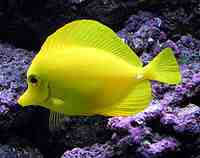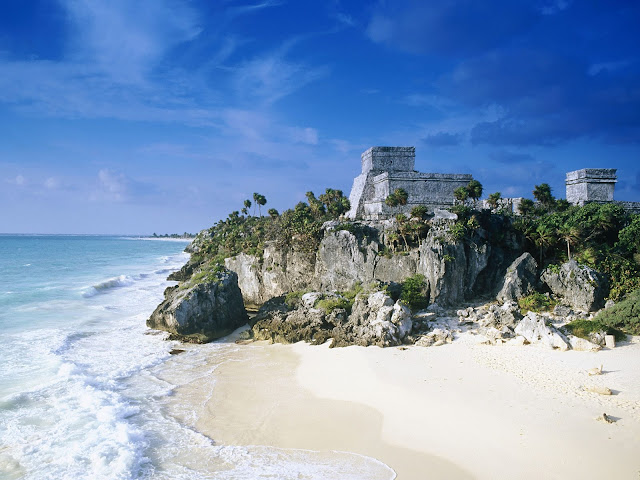thousand feet under marine life
 Marine life is concerned with the plants, animals and other organisms that live in the ocean. Given that in biology many phyla, families and genera have some species that live in the sea and others that live on land, marine biology classifies species based on the environment rather than on taxonomy. For this reason marine life encompasses not only organisms that can only live in a marine environment, but also those that lives revolve around the sea.
Marine life is concerned with the plants, animals and other organisms that live in the ocean. Given that in biology many phyla, families and genera have some species that live in the sea and others that live on land, marine biology classifies species based on the environment rather than on taxonomy. For this reason marine life encompasses not only organisms that can only live in a marine environment, but also those that lives revolve around the sea.At a fundamental level, marine life helps determine the very nature of our planet. Marine organisms produce much of the oxygen we breathe and probably help regulate the earth's climate. Shorelines are in part shaped and protected by marine life, and some marine organisms even help create new land.
Marine biology covers a great deal, from the microscopic, including plankton and phytoplankton, which can be as small as 0.02 micrometres and are both hugely important as the primary producers of the sea, to the huge cetaceans (whales, dolphins and porpoises) which reach up to a reported 33 metres (109 feet) in length which is the blue whale.




Comments
Post a Comment